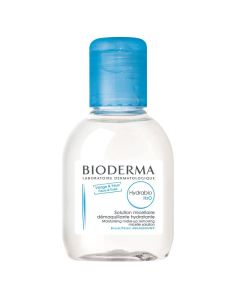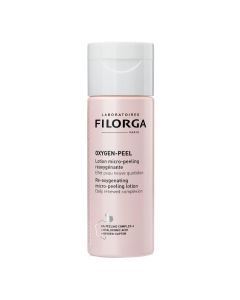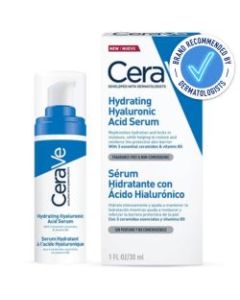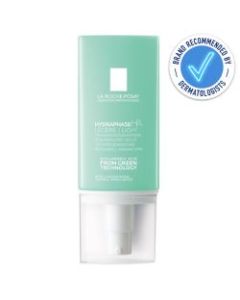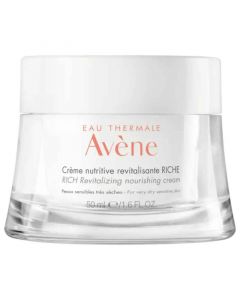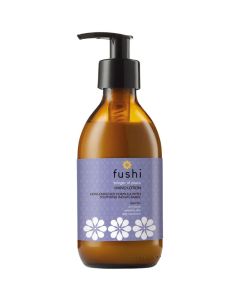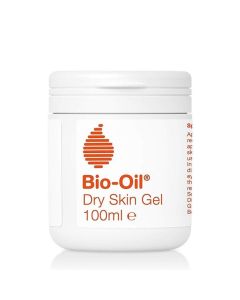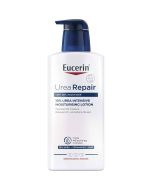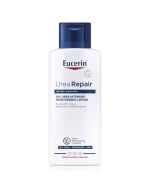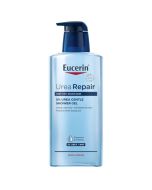
Best Skincare Routine For Dry Skin
Dry skin is a skin type that can stay with you for life – as opposed to a temporary drying of your skin due to another issue, such as dehydrated skin. If you want to build the best skincare routine for dry skin then you're in luck! We've created a clear set of easy steps, including the essentials for every day (and night), plus optional steps for when your dry skin needs some extra TLC. Stick to our advice and you'll create the perfect facial moisturising routine for your skin.
What Is Dry Skin?
Dry skin is a skin type that commonly means your skin lacks moisture retention. If you have dry skin then you'll typically experience tight skin, dry lips or flaky or inflamed patches of skin, particularly around your joints or small crevices like around your nose.
Dry skin can be made worse by cold weather, hot water (which dries the skin) and harsh face soaps.
People with dry skin may also find they are more prone to skin issues like eczema or psoriasis.
You can avoid and alleviate many of the symptoms of dry skin with a good, regular skincare routine. More specifically by using a set of hydrating skincare products that are formulated to support your dry skin without stripping out moisture.
The Best Skincare Routine For Dry Skin
Step 1: Use A Hydrating / Oil Cleanser
A good skincare routine starts with a cleanser, and for dry skin you should use a gentle cleanser. You want to dissolve any makeup, dirt and impurities, but without stripping moisture from your skin. Many cleansers, like foaming cleansers, aim to penetrate deeply but at the cost of removing moisture. Oil-based and hydrating cleansers will give you all the benefits without the dehydrating downsides.
If you aren't sure where to start, browse the dry skin cleansers category, or pick one of these popular hydrating and oil cleansers:
Step 2: Apply A Chemical Exfoliant Or Toner
You only need to use an exfoliant once a week to deeply cleanse. If you are wearing makeup regularly or live in a city, where pollution and free radicals are at higher levels, you may want to use a toner once a day, as part of your evening skincare routine.
While the word 'chemical' can make you think that this exfoliant will strip your skin of moisture, it won’t. A chemical exfoliant is one that uses ingredients that break down dirt and dead skin cells in a way that allows for deep exfoliation, rather than a physical exfoliant, like scrubs, that contain small particles to buff away debris and impurities. Physical exfoliants can be too rough on dry and irritated skin, hence chemical exfoliants are recommended for those with dry skin.
Look for dry skin toners or exfoliants with glycolic acid, lactic acid, and mandelic acid. These are AHAs (alpha-hydroxy acids) that exfoliate without impacting skin hydration.
Step 3: Consider Using A Hydrating Serum Or Facial Oil
This is an optional step you might include in your skincare routine when your dry skin is experiencing flare-ups, such as cracked or red patches, or during cold months when your skin will need extra support. You can use both a hydrating serum and a facial oil, but one is normally enough.
Serums are more concentrated than other skincare products and have the same beneficial properties as enriching and rejuvenating moisturisers. Facial oils are, as the name suggests, oil based. Oils lock in moisture more effectively and don't dry out as quickly as water-based skincare products.
Step 4: Use A Moisturising Face Cream & Body Lotion
Moisturisers are an essential step in a skincare routine for dry skin. If you do nothing else, make sure you are using a facial moisturiser and body lotion to provide the vital moisture your skin needs to stay healthy.
For both your face and body, you should choose moisturisers that include hyaluronic acid and/or glycerin. These two ingredients are humectants that attract water molecules and so help your skin to retain moisture. If you have red or irritated skin, consider a moisturiser with squalane or shea butter. These emollients moisturise while soothing inflamed skin.
Another key ingredient to look for is vitamin E. Vitamin E is a vital nutrient for skin repair and protection, which can really help when dealing with a flare-up of issues that are common with dry skin.
Step 5: Apply A Sunscreen (Not Just In Summer)
Every skincare regimen should include sunscreen as part of the morning routine. You should apply sunscreen after your other skincare products every day, not just the hot summer days where it feels like a necessity. This is because UV rays can damage your skin through windows and on winter or spring days when the sun is shining but doesn't feel that hot. If you don't want to wear sunscreen but want protection from the sun, consider a moisturiser with SPF.
Keep Your Routine Up Every Day
So there you have it, a quick and easy five-step skincare routine for dry skin. Choose your products and do your skincare routine in the morning and the evening, and you're sure to see results soon!

